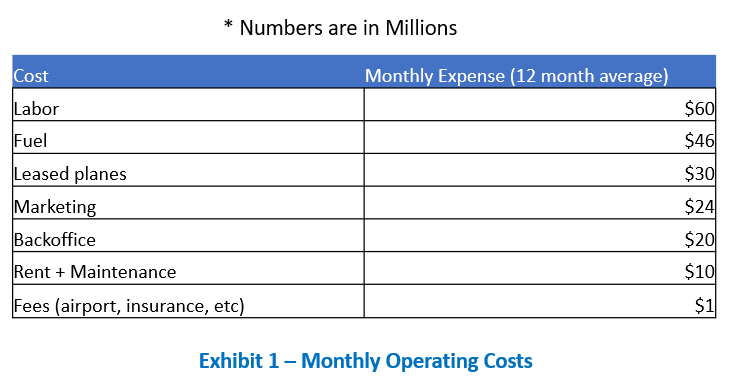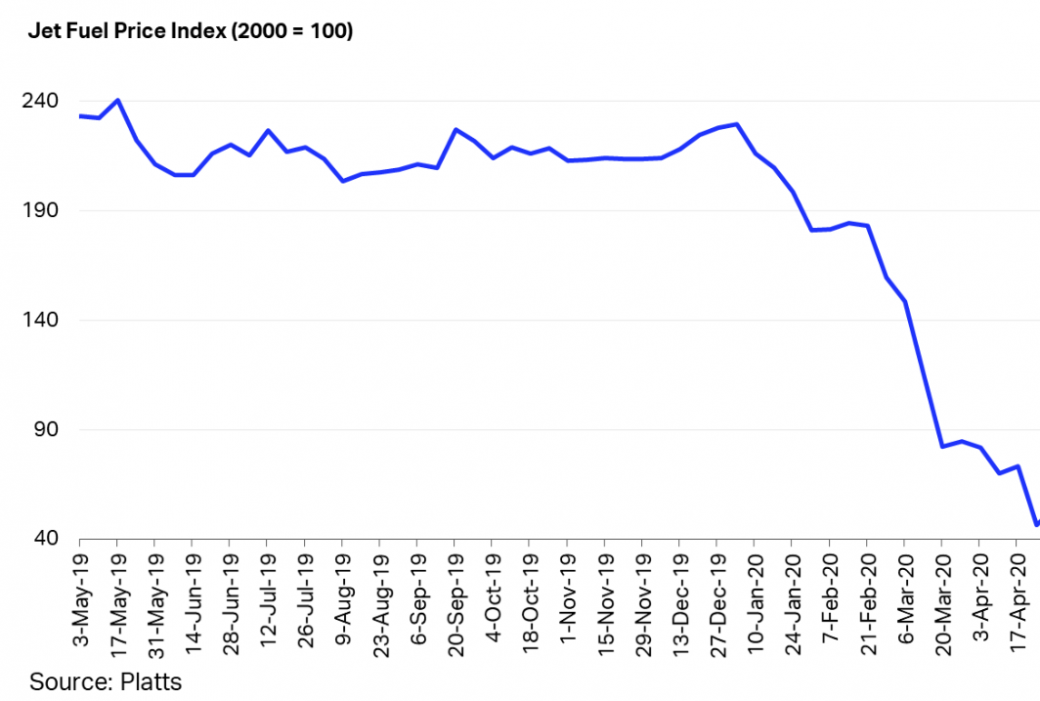Sky China is a SOE (state-owned enterprise). This means it has the full weight of the Chinese government behind it, allowing it to find cheap capital and be sure of its future.
A good interviewee will understand that profits are likely down due to both rising unit costs and falling revenue.
80% of Sky China's sales are for domestic flights, while 20% are international. The international routes are as one might expect (i.e. Asia-centric, with journeys to major hubs outside Asia such as Dubai, London, Paris, New York, and LA).
=====================================================
Scoring Criteria: Use the following grading system for each skill area:
a. Structured Thinking (Frameworking):
1 = Lacked a coherent structure
5 = Pinpointed the appropriate issue, segmented it into a complete set of non-overlapping components (e.g., MECE), presented a plan to tackle the case, and offered valuable insights.
b. Numeracy/Math:
1 = Committed numerous errors and required assistance in setting up equations
5 = Performed calculations accurately and with confidence, identified implications, designed a clear and efficient approach, and demonstrated exceptional speed.
c. Judgement and Insights (Charts & Exhibits): 1 = Missed basic insights 5 = Connected findings to develop practical recommendations, made reasonable hypotheses, shared impressive insights, and flagged far-reaching implications.
1 = Overlooked fundamental insights
5 = Linked observations to devise actionable recommendations, formulated plausible hypotheses, conveyed strong, objective-driven insights, and highlighted impact.
d. Case Leadership (unless interviewer-led):
1 = Frequently disoriented and dependent on guidance
5 = Advanced autonomously and maintained focus on the question and the client's objective.
e. Creativity:
1 = Had difficulty generating original ideas
5 = Offered a variety of strong and diverse ideas, tailored to the industry and business context.
f. Presence:
1 = Not client-ready
5 = Exhibited professionalism, charisma, enthusiasm, and self-assurance.
g. Communication:
1 = Unclear and disorganized
5 = Demonstrated active listening, spoke precisely, and communicated concisely.
h. Synthesis (Final Recommendation):
1 = Failed to provide a coherent and well-founded recommendation
5 = Justified recommendation with key considerations, potential risks, and subsequent steps to address those risks.
During the Interview: As the candidate progresses through the case, take notes on their performance in each skill area. Be prepared to provide feedback at the end of the interview.
Post-Interview: After the interview, grade the candidate's performance in each skill area based on your notes and the scoring criteria. Share the scores and any specific feedback with the candidate to help them understand their level of readiness for the actual interview.
Improvement: Encourage the candidate to focus on areas where their performance was weak and provide guidance on how they can improve in those areas.




